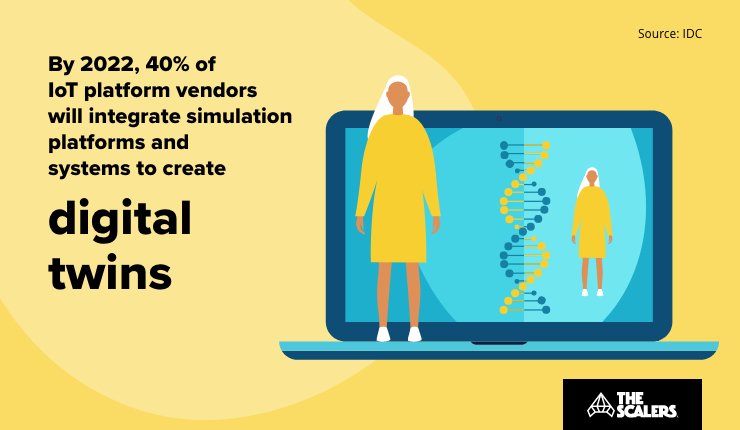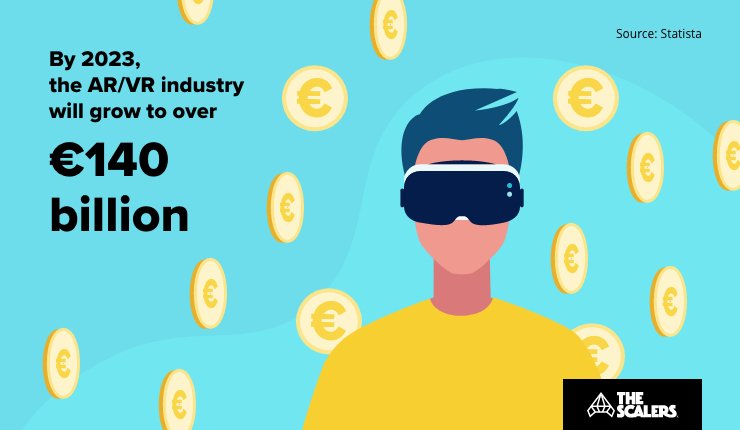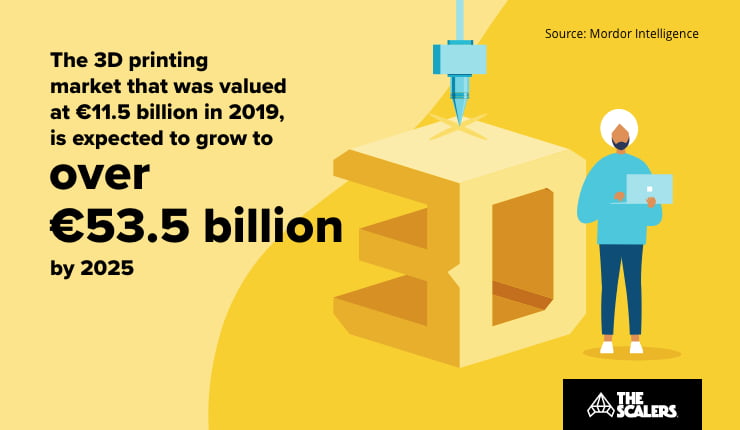Technology has changed the way we live our lives. With an unlimited amount of information at our fingertips, endless ways to communicate, and swanky gadgets at our disposal, one can’t help but wonder — what’s the next big thing?
This has given rise to disruptive technology — an innovation that significantly alters how consumers, industries, and businesses operate. It sweeps away habits, replacing it with change and growth.
Why is disruptive technology important?
Kodak was one of the first companies to introduce cameras in the market. However, they failed to keep up with the changing needs of their customers and the many expectations that came with them.
When digital cameras took the market by storm, Kodak wasn’t entirely prepared for the digital technology disruption that had been presented. This allowed brands like Canon and Sony to swoop in and steal Kodak’s consumer base with their new technologies, ‘cool’ marketing, and innovative approaches. Kodak stuck to their guns and fought the change for as long as they could. They rapidly lost market share only because they refused to succumb to the inevitable force of digital disruption. Kodak eventually declared bankruptcy in 2012 after which, as an extreme step, they pursued Bitcoin as a business model, and failed. And a few years later, built-in cameras on smartphones disrupted the camera market, in turn, making analog cameras redundant.
On the flip side, Netflix is a great example of disruptive innovation at its finest. Their DVD-by-mail model turned the video rental business on its head, pushing an industry titan like Blockbuster, into bankruptcy. But they didn’t stop there. Today, Netflix provides a massive selection of digital, on-demand, low-price content to users worldwide.
And that’s precisely why disruptive technologies are crucial to the success of any organisation, irrespective of their size. Embracing disruptive innovations and technologies allows businesses to gain a competitive advantage, keep existing customers happy, and create new growth opportunities.
What does the future of disruptive technology look like?
1. Digital twins
In a nutshell, a digital twin is a digital replica of a living or non-living physical entity. Recent research has indicated that the digital twins market worth €3.1 billion in 2019 is projected to reach over €61.7 billion by 2030.
But what accounts for this growth? And why now? After all, the concept was first introduced in the early 2000s.
While the potential of digital twinning was always evident, businesses did not have the resources to process and store massive volumes of data. Today, thanks to rapidly evolving simulation and modeling capabilities, IoT sensors, better interoperability, and robust computing infrastructures, the capabilities of digital twins are accessible to organisations — both large and small.

As IoT and wearables become more popular, the likelihood of a human digital twin becomes more real — an event that will open up endless opportunities for the healthcare industry. For instance, humans can try out different diets and foods and see how it impacts their biometric twin. Similarly, digital twins will prove invaluable in discovering preventative medical conditions that could help one’s health.
But it doesn’t stop there. Other industries can also use disruptive technology in the form of digital twins. An example is Maserati, an Italian luxury vehicle manufacturer that created a digital twin of the Ghibli, down to the last screw. This twin, which was 100% true to the original, played a key role during the development of the car.
2. Phygital Experiences
Another disruptive technology that has grown leaps and bounds in the last few years is spatial computing and phygital experiences. Spatial computing is the digital technology that interacts with humans and their surroundings, bringing Augmented Reality, Virtual Reality, Mixed Reality, and Human Reality together.
Phygital is all about bridging the relationship between a user and an activity, making it so effortless that you don’t even notice. For instance, we all use kiosks — at the airport, a bank, or even a restaurant. Technically, a kiosk makes it possible for users to use digital technology in a specific physical place. Yet, because of how common it is, most consumers don’t even think of it as a digital experience. Today, it’s just the way things are done.

With phygital experiences and augmented reality becoming increasingly popular, businesses are more than happy to embrace this disruptive innovation. In fact, Tour de France 2020 used augmented reality to provide a three-dimensional view of the profile of a stage of a race. By sitting in the comfort of their home, fans could watch the cyclists going across the Alps and log into an augmented reality three-dimensional view of the actual mountain stage — the perfect realistic blend between the physical and the digital world.
3. 3D Printing
From printing novelty objects to prosthetic limbs, hearing aids, and recently even spacecraft engines, 3D printing is a disruptive technology that is here to stay. Though the concept of 3D printing has been around since the early 1980s, only in recent years has it become readily accessible. And today, it is changing how we manufacture at scale.
The benefits of 3D printing, most notably the ability to produce cheaper, less wasteful, and customisable builds, have led to the technology being used across a range of industries.
For instance, prosthetics is one application of 3D printing that has already achieved significant success. The ability to print prosthetics substantially reduces the production cost, and the customisability allows the prosthetic to fit the individual user with extreme precision.

Even Elon Musk’s space company SpaceX used 3D printing to build the engine chambers of their spacecraft Dragon in just 3 months, from concept to completion, in turn, drastically reducing the lead time. Similarly, Singapore Airlines Engineering Company is partnering with Stratasys to establish a service center for 3D printed parts in commercial aviation.
Read about on how 5G networks could open up new business opportunities here
If you’re looking to build a dedicated development team in India, or if you have any questions about our services, feel free to reach out to us. One of our senior executives will get in touch with you.
Build Your Team,
Not Just a Contract
With The Scalers’ offshore dedicated development team, you get engineers who join your workflow for the long run. Grow steadily, stay flexible, and work with people who care about the product as much as you do.








